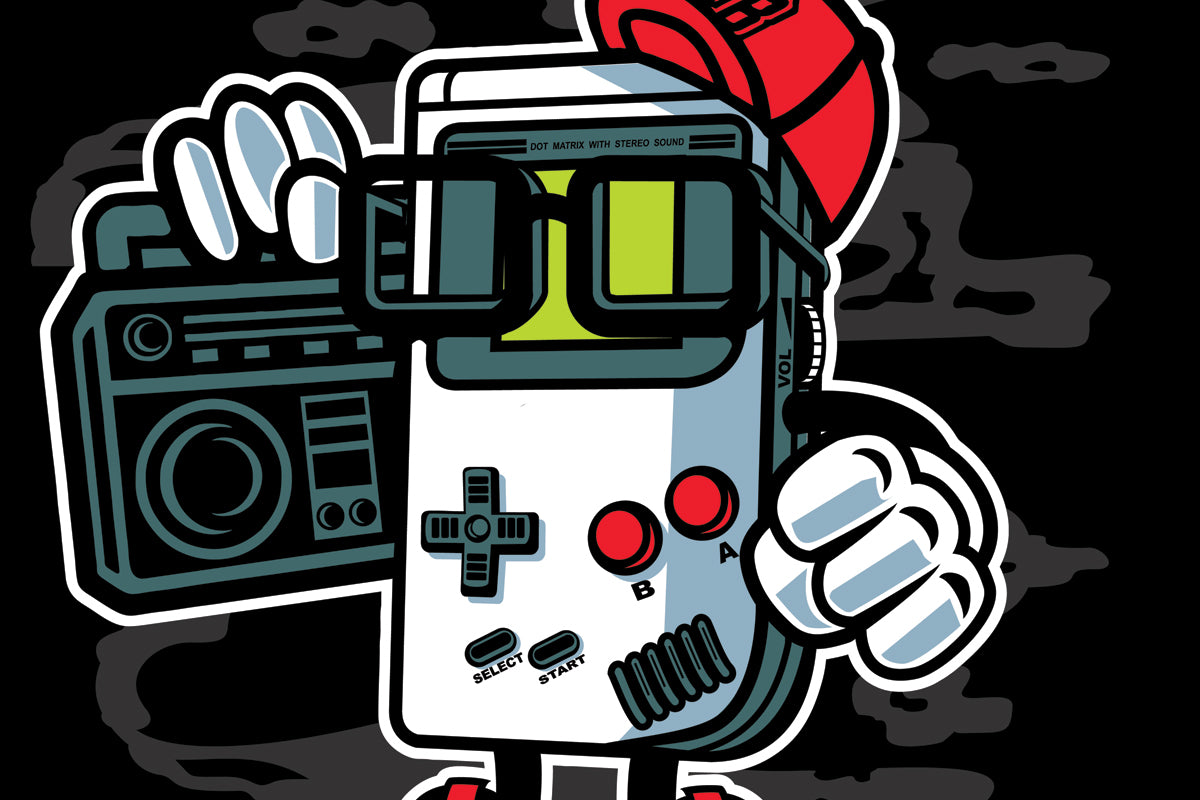
History of Game Boy
The Game Boy, a pioneer in portable consoles that solidified this concept, was conceived by Gunpei Yokoi, Satoru Okada, and Nintendo's development team. After presenting the concept to then Nintendo president Hiroshi Yamuchi, they began its development. It's worth noting that before the Game Boy, the same team had previously created the Game & Watch handheld console, although it had a brief existence.
Nintendo was the driving force behind the development and manufacturing of the Game Boy. Equipped with hardware elements from the NES and Game & Watch, it featured a green screen, five buttons, a speaker, and a jack output. It ran on AA batteries, and its games were stored on 2MB cartridges. Although it didn't match current technologies, it represented a significant revolution in its time. As Nintendo's second handheld console, it managed to captivate an entire generation with its innovative portable format, offering notable autonomy and gameplay.
The Game Boy made its debut in the market in mid-1989 in Japan and North America, followed by its release in Europe in 1990. While it didn't experience great sales success in its first year, its fortunes changed when Tetris became a phenomenon. This groundbreaking game significantly contributed to the exponential increase in Game Boy sales.
Limiting ourselves to Tetris, were there other standout games in the history of the Game Boy? Certainly. Later on, its repertoire expanded with a variety of notable games such as Pokémon Red, Green, and Blue, Super Mario Land, Dr. Mario, The Legend of Zelda: Link's Awakening, Donkey Kong Land, and Kirby's Dream Land, Contra, among many others. Despite the console's screen displaying only grayscale colors in a matrix of pixels, most of these games were tremendous successes, laying the foundation for major franchises like Pokémon or Zelda. Additionally, numerous accessories were added to the famous game catalog, such as the Game Boy Camera and Game Boy Printer, allowing users to take photos with the console and print them. Other notable accessories included the Light Boy and later the Handy Boy, which primarily featured a magnifying glass to enlarge the screen. And of course, the famous Link Cable, which facilitated the exchange of Pokémon among thousands of people.
In subsequent years, Nintendo made various modifications to the console. In 1996, they introduced the Game Boy Pocket, followed in 1998 by the Game Boy Light, although the latter was only available in Japan. In the same year, they introduced the beloved and renowned Game Boy Color, which finally incorporated colors and was also compatible with the original Game Boy.
Shortly thereafter, in 2001, the Game Boy Advance was released, a console with a notably different design and various improvements. It underwent several redesigns, with the Game Boy Advance SP being noteworthy. Later, in 2004, it was the turn of the Nintendo DS, a resounding success for Nintendo and currently one of the best-selling consoles in history. These consoles underwent various modifications over time, culminating in the present day with the Nintendo Switch, Nintendo's latest portable console.
As evident, the Game Boy paved the way for an entire generation of consoles. Today, games developed for this platform maintain their popularity, as evidenced by the persistent demand for titles like Pokémon Crystal for consoles like the Nintendo Switch. Currently, the Game Boy ranks third among the world's best-selling consoles, surpassing 118 million units (including Game Boy Color), and it continues to be fondly appreciated by the gaming community.


